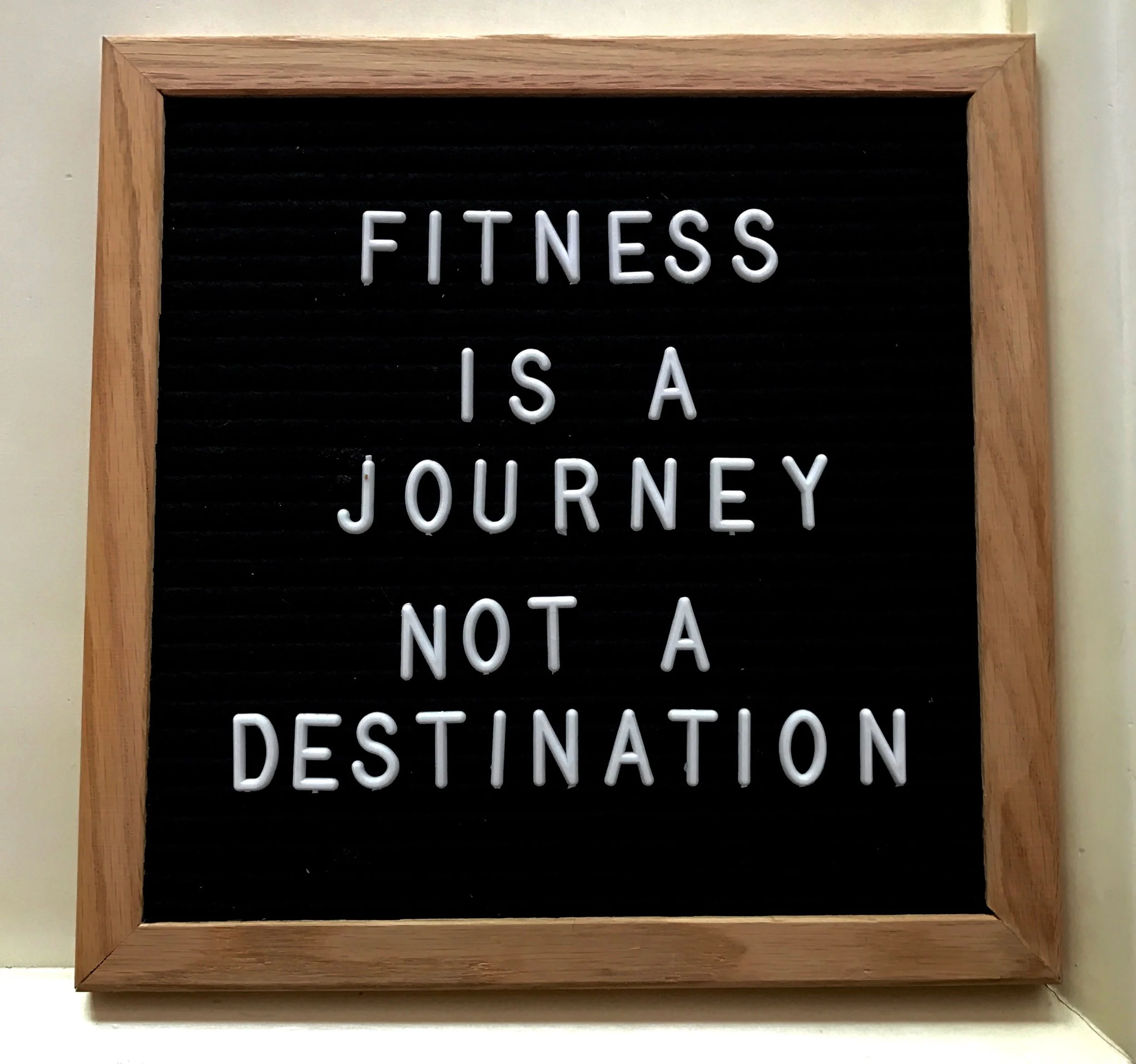Quarantine Enters Week 4
/Happy Monday!
As we enter week 4 of social distancing, I am finding that I do much better when I set a schedule for the day ahead. I schedule my runs, workouts & dog walks around my virtual clients and classes. Each morning I check my schedule and make a list of to do’s involving the business and housework but also making sure I set aside time for reading, needlework and cooking as these are the things that give me pleasure in my leisure time. I have listened to many of you who are also trying to maintain a sense of normalcy in these uncertain times. A lot of you have suggested that the one of the hardest things is to continue their habits of drinking enough water and not snacking too much or on foods that should be minimized.
While reading Gretchen Rubin (www.gretchenrubin.com) last week I came across her tips to curb snacking while quarantined. I loved them so much, I am going to share them here.
Monitoring: Track your Snacks! Measure before you eat!
Inconvenience: The less convenient snacking is, the less likely we are to do it. (Keep snacks in closed containers, up in your pantry, in the back of the fridge. If some one in your house is eating your weakness, move to a different room!)
Abstaining: For some of us, it is easier to give something up altogether rather than indulge in moderation.
Distraction: Wait 15 minutes; your craving will pass and you are likely to get absorbed in another activity.
Scheduling: Pick a special time to enjoy your favorite snack
Accountability: Tell someone else what you are eating and drinking
Loophole-spotting: Watch out for ways you might be excusing unhealthy behavior.
Please let us know how else we can help during these uncertain times. If you have not joined us for a virtual workout, please do! It is working very well for so many of our clients, friends & family across the globe! No previous experience required, all levels welcome!
Our Virtual Class Schedule (no equipment necessary!) is as follows:
Monday 8:30 Core Boot Camp
Wednesday 4pm HIIT Boot Camp
Saturday 9am HIIT Boot Camp
You can register right on our website!
Virtual Hugs,
Stephanie






